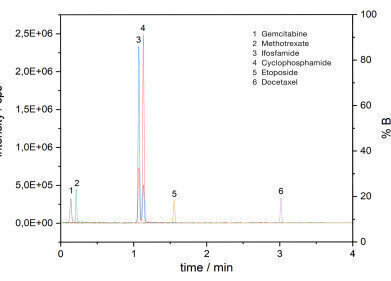-
 Human samples of biologically active substances offer greater variation, researchers note
Human samples of biologically active substances offer greater variation, researchers note
Bioanalytical
Biologically active substances 'show greater variation' in human samples
Sep 06 2010
Scientists at the University of Massachusetts Amherst, private health university UMIT and life sciences company BG Medicine examined the differences between human and animal results.
Their focus was on the assessment of biologically active substances using 'omics' - methods of analysis such as genomics and proteomics.
"Data measured in human studies were characterised by higher biological variation and the presence of outliers," they write.
Comparing different distributions with the classifiers commonly used in such research, they found balanced, Gaussian models most compatible with Prediction Analysis for Microarrays, or PAM.
Asymmetrical distributions and unbalanced class patterns were better assessed using Random Forests as the classifier, they add.
The -omics studies they considered had all made use of multiplexed immunoassay techniques and high-content mass spectrometry as part of highly dimensional data sets.
Digital Edition
Chromatography Today - Buyers' Guide 2022
October 2023
In This Edition Modern & Practical Applications - Accelerating ADC Development with Mass Spectrometry - Implementing High-Resolution Ion Mobility into Peptide Mapping Workflows Chromatogr...
View all digital editions
Events
ACS National Meeting - Fall 2024
Aug 18 2024 Denver, CO, USA
Sep 04 2024 Chiba, Tokyo, Japan
Sep 04 2024 University of Warwick, Coventry, UK
Sep 10 2024 Rockville, MD, USA
Plastics Recycling World Expo Europe
Sep 11 2024 Brussels, Belgium













